You deserve a safe, encouraging environment at work. Unfortunately, many workplaces either promote or disregard toxic cultures, including when they show up in the form of verbal harassment. This behavior is illegal, so you should empower yourself with the knowledge to identify and shut it down. Here’s how to identify verbal harassment in your workplace.
Insulting or Demeaning Language
Do you or the people around you receive comments that feel insulting or demeaning? These could be remarks about not being capable, digs at personalities and interests, or hurtful comments about performance. Even if someone is providing criticism for genuinely poor performance, they should never deliver the criticism in a hurtful way.
If you’re noticing any type of language that makes you or your coworkers feel belittled, take note. These comments aim to undermine confidence and establish a power imbalance. Listen for words that dismiss achievements or contribute to negativity, and document these incidents.
Discriminatory or Biased Comments
Do you hear discriminatory or biased comments targeting personal attributes, such as race, gender, age, or sexual orientation? Statements that stereotype or demean based on these characteristics count as verbal harassment, even if they’re said without harmful intention.
An example could be someone making a comment about a female coworker with children being a worse employee because of her family life. If the language perpetuates harmful biases, it can have profoundly negative effects on morale and productivity. Workplaces should encourage a culture that celebrates diversity and inclusivity, ensuring everyone feels recognized and valued.
Threats and Intimidating Communication
A workplace should be a safe space for all employees, free from fear or intimidation. Threatening language or intimidation tactics represent severe forms of verbal harassment that are incredibly important to report immediately. Look for language that instills fear or manipulation, asserting control through threats of job loss or professional sabotage.
Uncomfortable Remarks
Uncomfortable remarks may not always be overtly hostile, yet they still contribute to an anxiety-inducing work environment that hampers productivity, thereby counting as verbal harassment. In fact, it is in these cases that verbal harassment can double as sexual harassment if the uncomfortable comments are sexually coded.
These remarks often come in the guise of backhanded compliments or unsolicited opinions, leaving the recipient feeling uneasy or undermined. Such remarks might focus on personal lifestyle choices or inappropriately pry into private matters, such as familial status or health issues.
Verbal harassment is an unfortunate reality in many workplaces. Knowing how to identify it in your workplace empowers you to protect yourself and your coworkers from illegal and hurtful behavior.
- How can you document instances of verbal harassment in your workplace?
- Why is it important to report verbal harassment immediately, even when it’s not happening to you?
- In what ways can fostering an inclusive and diverse work environment minimize instances of verbal harassment and improve overall workplace culture?
- What role does company policy play in reducing verbal harassment, and how can employees ensure they are familiar with these policies?
- How can employees support one another in reporting and combating verbal harassment in the workplace?


